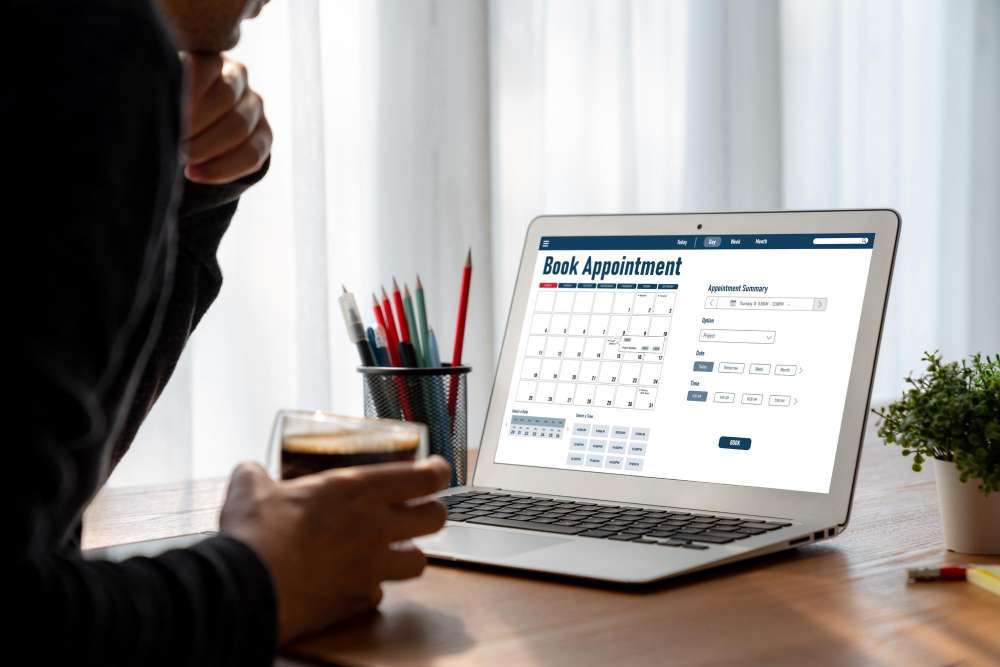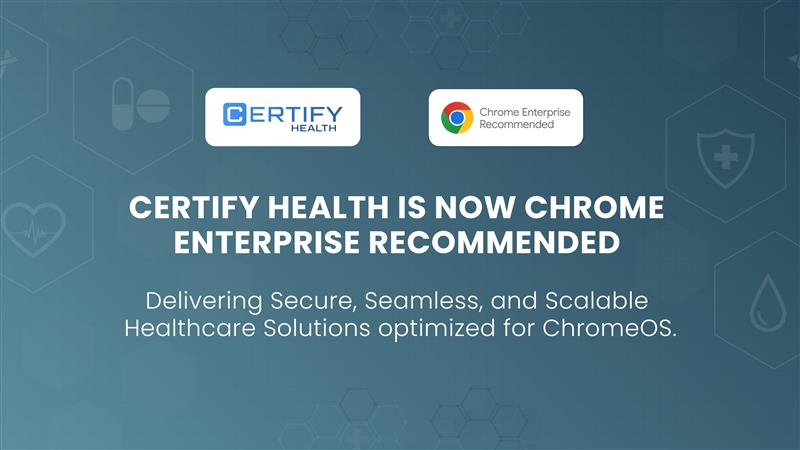Patient scheduling is one of the most time-consuming tasks for your front-desk staff. When you streamline the patient scheduling process, practices can reduce staff burnout and maximize revenue while improving the overall experience.
Disorganized patient scheduling consumes valuable time with back-and-forth calls, drives up operational costs, and leads to frustration for both staff and patients.
To retain your patients, follow these 8 best practices for modern patient scheduling to avoid long hold times on the phone or long delays in the waiting room. When you implement digital scheduling tools at your practice, you provide patients with the flexibility to book appointments along with improved administrative efficiency.
What is Patient Scheduling?
Patient scheduling refers to the process of booking appointments for patients to receive care from the right healthcare provider at the right time. Such services may include everything from minor treatments to major surgeries.
Traditionally, patients had to call the doctor’s office to schedule their appointments during work hours. On the receiving end, front desk staff spent time calling back patients to confirm their appointments. This phone-based scheduling is time-consuming, leading patients to demand more flexible ways to schedule appointments. To meet these patient needs, most healthcare organizations are implementing patient scheduling software to allow patients to self-schedule appointments online.
Hospital scheduling software lets patients self-schedule, reschedule, or cancel their appointments anytime, anywhere without downloading mobile apps or setting up an account. Also, your staff can dedicate their time to other tasks rather than frustrating phone tags.
8 Best Practices for Patient Scheduling
1. Utilize Personalized Outreach
Use medical patient scheduling software to send automated reminders regarding appointments, payments and other routine care. Appointment reminders significantly reduce no-shows, improving your practice revenue. Streamline the appointment booking process with these reminders while working towards better patient outcomes.
2. Provide 24/7 Self-Scheduling
Booking appointments via phone calls can be time-consuming and inefficient. Self-scheduling allows patients to book appointments in 60 seconds or less. This digital convenience not only streamlines the booking process but also reduces the volume of inbound calls.
Recent 2024 appointment scheduling statistics shows that 59% to 70% of patients prefer to self-schedule their appointments. With this feature, your practice can give patients the flexibility to schedule appointments with the right provider at their convenience.
3. Facilitate After-hours Scheduling
Most patients struggle to schedule appointments during business hours. With online scheduling software, after-hours booking becomes a seamless process, improving patient access and satisfaction while increasing retention rates.
Allow your patients to book appointments when it is most convenient for them, without adding strain to your administrative staff.
Did you know? 💡
What is a No-Show Rate in Heathcare?
The No-Show Rate in healthcare refers to the percentage of scheduled appointments where patients fail to show up without prior notice. High no-show rates can lead to inefficiencies, revenue loss, and longer wait times for other patients. Factors like appointment reminders, scheduling flexibility, and digital engagement can help reduce no-shows.
Measuring no-show rates helps improve scheduling, reduce revenue loss, enhance patient access, optimize resources, lower wait times, and boost overall efficiency.
4. Use Customized Email & Text Messages
Do you know how many hours your staff spend confirming patient appointments? Utilize this time to focus on patient care, giving a positive experience through automated messages. Automated email and text message confirmations also enable patients to easily reschedule appointments as needed.
Practices can customize emails or text messages to meet the unique needs of your patients and enhance their experience.
5. Manage Multiple Locations and Providers
When you have hospitals in multiple locations, online patient scheduling helps you without the need to hire additional staff. CERTIFY Health is your best patient scheduling software, allowing practices to efficiently manage appointments at various locations.
Using one dashboard, your administrative team can get the status of every patient’s appointment, reschedule patients for earlier slots at different locations, and optimize scheduling workflows without any hassle.
6. Tailored Workflows for Unique Practice Needs
One major benefit of using cloud-based solutions is monitoring and analyzing patients’ scheduling activities over time. With these insights into patient activity, staff time allocation, and no-show rates, empower your medical practice to fine-tune scheduling processes.
Customizing these workflows to meet patient’s specific needs enhances your practice’s efficiency.
Did You Know?
What is Appointment Wait Time?
In healthcare it refers to the duration a patient waits between scheduling a medical appointment and actually seeing a healthcare provider. It varies by specialty, location, and urgency of care.
For non-emergency cases, wait times can range from a few days to several weeks. Factors like provider availability, patient demand, and administrative efficiency influence these delays.
Measuring appointment wait time helps identify inefficiencies, improve patient access, and optimize scheduling. Shorter wait times enhance patient satisfaction, reduce missed appointments, and improve health outcomes by ensuring timely care.
7. Utilize Wait Lists to Fill Gaps
8. Reduce Pressure on Administrative Staff
With scheduling software, the convenience factor extends beyond your patients, as it reduces the workload on your administrative staff who no longer need to play phone tag with patients. As the staffing crisis continues to grow, providers should utilize automated solutions to eliminate bottlenecks and to improve the work environment for your team.
Patient scheduling software like CERTIFY Health reduces call volumes, focusing them on patient care. CERTIFY Health integrates seamlessly with EHRs, and allows patients to complete registration prior to their visits, minimizing wait times and improving their overall experience.
Bottom Line
Patient scheduling software provides patients the flexibility to schedule appointments whenever they want to, improving engagement, experience, and outcomes. By automating tasks like appointment confirmations, appointment reminders, and more, practices can free up staff to focus on more critical tasks, ultimately leading to better patient experiences and practice efficiency.











